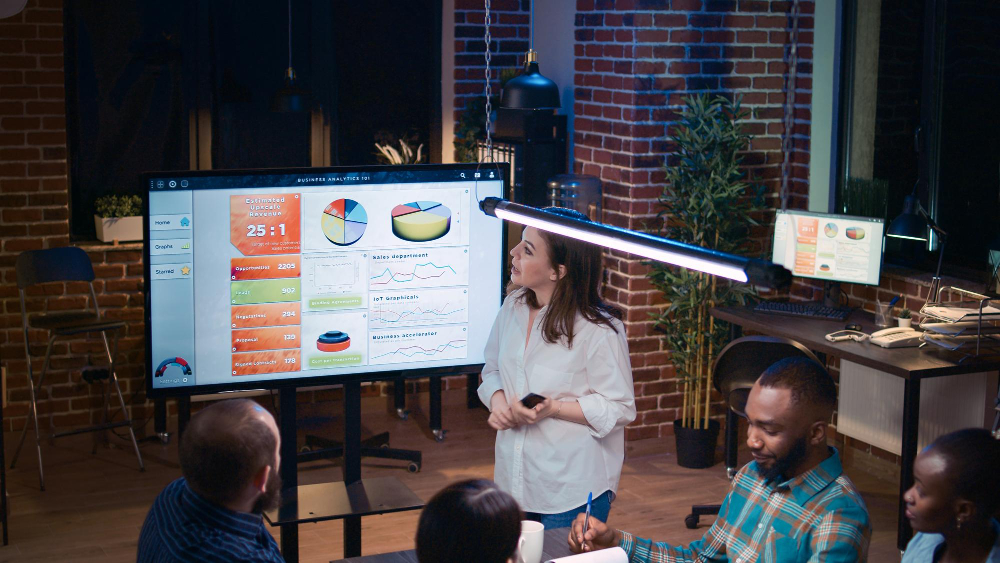
Complete Guide to a Resource Reservation System
Managing shared resources—such as meeting rooms, equipment, desks, and personnel—can be a challenge.
Traditional calendar tools are ineffective at organizing these resources efficiently. That’s where a resource reservation system comes in.
A resource reservation system helps businesses manage bookings in a centralized way, giving users real-time visibility into available resources and preventing conflicts like double bookings.
In this article, we will talk about a resource reservation system and its benefits. We will also talk about how you can choose the right resource reservation system and how to use it.
We will also provide you with some of the top resource reservation systems available.
What is a Resource Reservation System?
A resource reservation system is a centralized tool designed to manage and optimize the booking of resources, such as:
- Meeting rooms
- Equipment
- Desks
- Personnel
Unlike a general calendar or scheduling tool, a resource reservation system focuses specifically on resources, allowing users to view real-time availability and secure bookings efficiently.
It works by providing a comprehensive overview of resources available within an organization and allowing employees to reserve them as needed, while making sure no overlaps or double bookings occur.
This type of system is particularly valuable in environments where limited resources are in high demand.
By centralizing all bookings in a single platform, businesses can save time, prevent resource conflicts, and reduce the need for manual coordination.
What are the Key Features of Resource Reservation Systems?

To fully benefit from a resource reservation system, organizations need a solution with features that simplify booking processes, improve accessibility, and provide valuable insights.
Modern resource reservation systems come equipped with important tools that allow employees to manage schedules seamlessly, avoid conflicts, and stay informed.
Real-Time Availability and Scheduling Updates
This functionality allows users to instantly view which resources are available and when, helping them make quick, informed booking decisions.
The system minimizes wasted resources and prevents double bookings by providing up-to-date scheduling information.
Custom Integrations with Existing Business Tools
Integration with widely used tools is key for a seamless booking experience. It includes tools such as:
- Microsoft Office 365
- Outlook
- Google Calendar
These integrations allow users to access the resource reservation system directly through familiar platforms, which simplifies scheduling and improves efficiency.
User-Friendly Interfaces and Mobile Access
A user-friendly interface is key for encouraging adoption and maintaining each employee’s access to the system.
Simple navigation, intuitive design, and clear layout improve the user experience and reduce the learning curve.
Many resource reservation systems offer mobile app access, allowing users to book office spaces, desks, or equipment from their smartphones or tablets.
Automated Notifications and Reminders
Automated notifications play a key role in keeping everyone informed about the following:
- Bookings
- Cancellations
- Upcoming reservations
Alerts are sent to users when a reservation is approaching. It reminds them of their scheduled resource usage. This prevents missed bookings and keeps resources utilized optimally.
Detailed Analytics and Reporting
Analytics and reporting features provide managers with valuable insights into resource utilization patterns, booking trends, and peak usage times.
These metrics are important for making data-driven decisions about resource allocation to improve productivity.
How to Choose the Right Resource Reservation System

Selecting the right resource reservation system is important for managing resources efficiently and supporting future growth.
With a variety of systems available, it’s necessary to identify one that aligns with your organization’s current needs while remaining adaptable for future expansion.
1. Evaluating Key Features for Your Organization
Choosing the right resource reservation system starts with evaluating the features that offer significant advantages and are most relevant to your organization’s needs.
Key features to consider include:
- Real-time tracking of resource availability
- Variety of integration options with existing tools
- Strong data security measures to protect sensitive information
Each organization may require different capabilities depending on the scale of its operations and specific resource management needs.
2. Considering Scalability and Future Growth
As your organization grows, so will its resource needs. It’s important to choose a booking system that can scale with your business, accommodating increased users, additional resources, or even new office locations.
Opting for a system that is flexible and easily adaptable to handle larger workloads will keep the software supporting you long-term, even as project needs and resource demands expand.
3. Integration with Current Tools and Systems
A resource reservation system should have smooth integration with existing tools and systems, such as:
- CRM
- ERP
- Communication platforms
It keeps your resource reservation system fitting seamlessly into your organization’s current setup. Compatibility with these tools allows for easier data synchronization, providing employees with a unified experience when accessing or scheduling resources.
4. Customizing Permissions and Access Levels
In a large organization, not all users require the same level of access. Many resource reservation systems allow customization of permissions and access levels based on user roles to streamline workflow.
This feature helps maintain data security, allowing only authorized users to view, book, or modify certain resources for office management.
For example, administrators may need full control over all resources, while general employees may only need access to book meeting rooms or desks.
Best Practices for Using a Resource Reservation System
To get the most out of a resource reservation system, it’s important to follow best practices that maintain efficient use, minimize conflicts, and promote collaboration.
Establishing clear booking guidelines, keeping schedules updated, and using automated notifications can help speed up the process and make resource management smoother for everyone.
Set Clear Resource Booking Guidelines
Establishing clear booking guidelines is necessary for maximizing the effectiveness of a resource reservation system. Setting rules for how resources should be booked and released helps maintain fairness and organization.
Guidelines should cover booking protocols for:
- Recurring meetings
- Special events
- Specific equipment usage
For example, specifying that meeting rooms should be released immediately after use can help other departments access resources more efficiently.
By creating transparent guidelines, businesses can keep their resources consistently available and effectively managed.
Regularly Update Resource Schedules
Keeping resource schedules up-to-date is key for real-time accuracy and avoiding conflicts in the work environment.
Encourage team members to update schedules promptly after making or canceling bookings, which prevents overlaps and confusion.
Regularly maintained schedules also provide more accurate data on resource availability, helping employees plan better and reducing last-minute cancellations.
Businesses can make real-time scheduling more reliable and seamless by having everyone capable of accessing current resource data.
Encourage Cross-Departmental Collaboration with Shared Resources
Using shared resources across departments fosters collaboration and reduces costs. Centralized scheduling allows teams to:
- Coordinate and share resources easily
- Improve overall workflow
- Reduce the need for duplicate equipment or spaces
For example, a company might have a shared pool of equipment that different teams can access when needed.
This setup promotes a collaborative environment where departments can work together seamlessly and improve efficiency by reducing unnecessary spending on additional resources.
Leverage Analytics to Optimize Resource Utilization
Analytics are a powerful tool for understanding and optimizing resource usage. Regularly review data on which resources are in high demand and which are underutilized to make informed adjustments.
For example, if analytics reveal that certain meeting rooms are frequently booked, consider adding similar spaces or adjusting the layout to accommodate demand better.
By using data-driven insights, businesses can allocate resources where they’re needed most and speed up their resource management strategies.
Consider Buffer Times Between Bookings
Adding buffer times between bookings can help prevent delays and conflicts.
A brief interval between reservations allows employees to wrap up meetings or return equipment without rushing, making transitions smoother for the next user.
For example, setting a 10-minute buffer for meeting rooms gives teams time to exit while also allowing facilities staff to prepare the space if needed. This keeps the system running smoothly and reduces the risk of overlaps or disruptions.
Why Businesses Need Resource Management Software

Resource management software helps businesses organize bookings, improve access to resources, and keep operations running smoothly. Here are some of its key benefits:
Centralized Booking Management
A resource scheduler puts all bookings in one place, which is helpful for companies with multiple locations. Employees can book meeting rooms, equipment, or spaces from any office.
This makes it fair and easy for everyone to access shared resources. This system supports efficient scheduling across the organization.
Improved Resource Usage and Cost Savings
Resource management software tracks how often resources like conference rooms and equipment are used.
For example, managers can spread out bookings if some meeting rooms are always booked while others are empty. This helps maximize productivity and avoid unnecessary expenses.
Better Productivity for Employees
With a simple booking process, employees find available resources quickly, saving time on back-and-forth emails and reducing delays.
This system allows the improvement of employee efficiency as they are able to focus on important tasks.
Eliminating Double Bookings and Conflicts
Resource scheduling software helps prevent double bookings. The system shows real-time visibility of available resources, so users only see options that are open.
Automatic notifications alert users about potential conflicts, making it easier to make quick adjustments and avoid scheduling issues.
Optimized Resource Allocation
A resource reservation system gives managers a clear view of how departments use resources. If certain equipment or space is in high demand, the software can help set up a fair booking schedule so teams can access resources when they need them, especially for upcoming projects.
Common Uses of Resource Reservation Systems Across Industries
Many industries use resource reservation systems to organize bookings and improve access to key resources.
Corporate Offices and Meeting Room Management
In corporate settings, resource reservation systems help manage conference room bookings and other shared spaces.
They work well in both single-location and multi-location offices, allowing employees to find and reserve meeting rooms without hassle.
Educational Institutions
Schools and universities use resource reservation systems to schedule classrooms, labs, and equipment. This setup simplifies access for students and faculty, making it easier to book the resources they need.
Healthcare Organizations
Hospitals and clinics use these systems to book medical equipment and consultation rooms. This reduces scheduling conflicts, improves patient flow, and helps staff access important resources on time.
Professional Services and Consulting Firms
In professional services, resource reservation systems organize bookings for workspace management.
This setup helps both clients and internal teams coordinate effectively, supporting better use of shared resources.
Small and Medium Enterprises (SMEs)
For small businesses, resource reservation systems manage coworking spaces and other shared resources.
They offer a practical way to improve access to limited assets, helping small teams work efficiently within shared spaces.
Resource Reservation Made Simple with DeskFlex
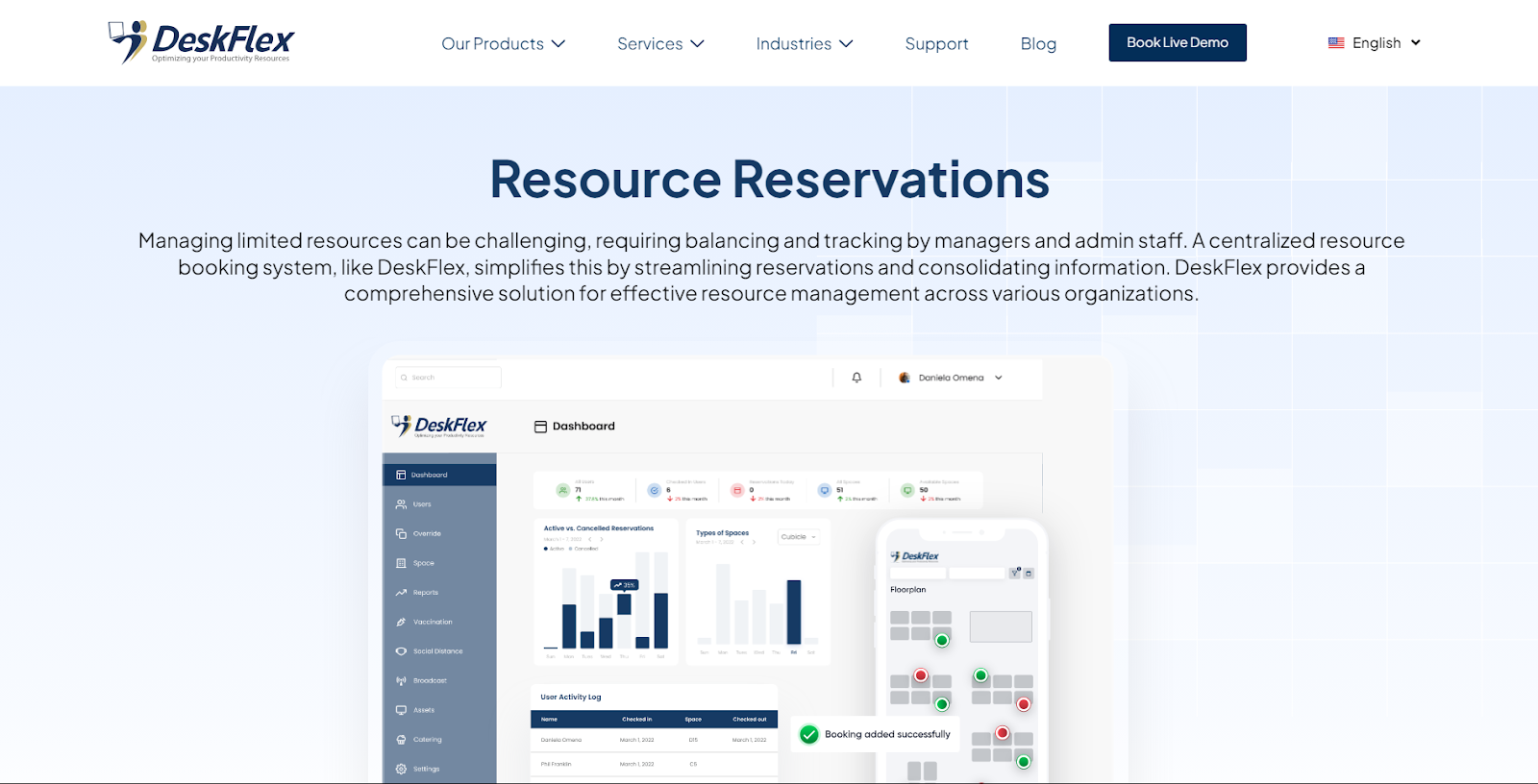
DeskFlex provides a centralized platform for booking and tracking resources. It simplifies the managementresources like workspaces, equipment, and meeting rooms can be challenging for businesses. Its flexible tools help organizations make better use of space and equipment.
DeskFlex also enables space rentals. Companies can rent out unused areas, using DeskFlex to track bookings and monitor usage in a single system.
This feature is especially useful for coworking spaces, allowing businesses to give preferred booking options to loyal customers.
With remote accessibility, DeskFlex allows users to book rooms, desks, or equipment through desktop and mobile apps. QR code access and Bluetooth check-ins add convenience, allowing for hands-free booking and confirmations.
DeskFlex includes helpful features like 3D maps, showing users an interactive office layout for quick navigation and accurate reservations.
Single sign-on eliminates repeated logins, and abandoned meeting protection automatically clears unused bookings, making spaces available for others.
With integrations to Office 365, Zapier, Okta, and more, DeskFlex keeps bookings, invoicing, and other tools in one place.
Ready to optimize your workspace? Book a demo to explore DeskFlex’s features today!
FAQs About Resource Reservation Systems
What is a resource reservation system?
A resource reservation system helps businesses manage bookings for meeting rooms, equipment, and workspaces. It shows real-time availability, centralizes bookings, and prevents scheduling conflicts, giving employees a quick way to book resources.
How does a resource reservation system eliminate double bookings?
These systems use real-time updates to remove booked resources from view instantly. Automated alerts notify users of any conflicts, making adjustments easier.
Can a resource reservation system be customized?
Yes, many systems offer options to fit different business needs. Companies can set access levels, booking limits, and connect the system with other tools, allowing a flexible setup.
What are the benefits of using resource scheduling software?
Resource scheduling software boosts productivity by helping employees find and reserve resources quickly. It helps reduce costs by making full use of available resources and keeps workflows smooth by reducing conflicts.
How does a resource reservation system improve productivity?
A resource reservation system saves time by simplifying the booking process and improving resource allocation. With fewer conflicts and delays, employees can focus more on their tasks, improving overall results.



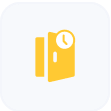

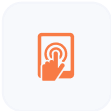
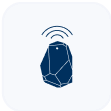
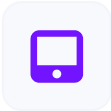
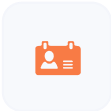
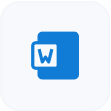


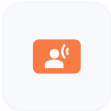
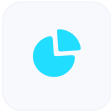

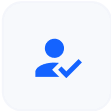



































 Support
Support  Demo
Demo  Blog
Blog 

